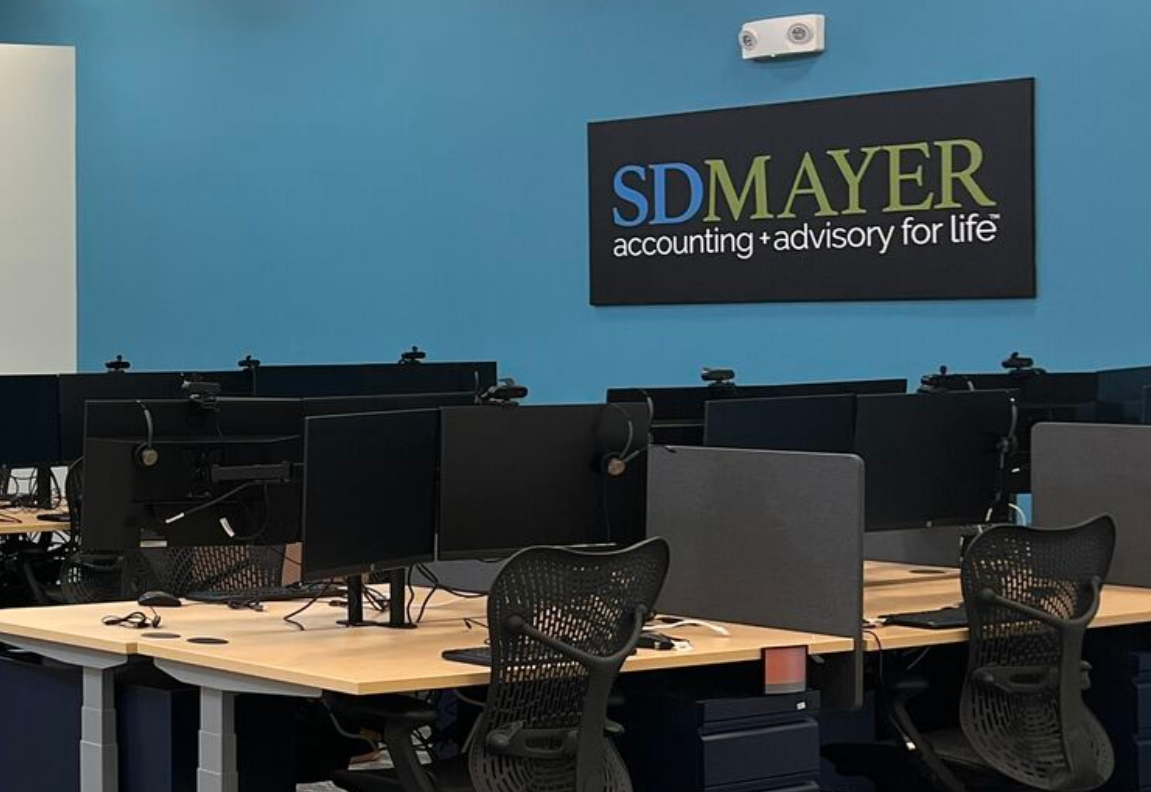By Steve Saah.
You never want to turn down good work, or the opportunity to grow your client base and your business. But a recent industry survey found that 42% of accounting firms are doing exactly that. The reason? They can’t put anything more on their plate due to staffing shortages.
Separate research from Robert Half for the 2024 Demand for Skilled Talent report confirms that most hiring managers for accounting and finance organizations (87%) are facing challenges recruiting talent right now. Our research also surfaced a related trend: 59% of employers in the industry said they plan to increase their use of contract professionals.
Hiring contract talent is an effective solution to overcome staffing gaps, and one that many CPA firms are conditioned to using, especially during peak workload periods like tax season. However, because the shortage of accounting and finance talent is likely to persist, CPA firm leaders may want to consider making a scalable talent model a permanent component of their talent management strategy.
More than just an interim solution
As explained in a previous post, a scalable talent model can help your firm address immediate talent needs, but also, put the business on firmer footing for the future. Based on the “shamrock organization” model that business expert Charles Handy introduced decades ago, this approach involves using a mix of core employees, flexible workers like contract professionals, and outsourced resources such as managed services, to help your business become more nimble, adaptable, productive and efficient.
A scalable talent model allows your CPA firm to access specialized skills when and for as long as you need them. Importantly, it can help you to focus your internal resources on core competencies and strategic initiatives — the kind of work that makes the most of your team’s abilities and that they likely find more fulfilling. This can also help with retention, which is a current concern for 91% of employers in accounting and finance and several other key industries, according to a Robert Half survey.
Another benefit of using a scalable talent model is that you may be able to secure the same contract professionals to support longer-term or multistep projects at your firm. That consistency in staffing for your initiatives creates a more seamless (and less stressful) experience for your team. You may even decide to offer permanent positions to contract talent because they work so well in your organization.
Here’s a closer look at some other potential positive outcomes that your firm can realize by embracing a scalable talent model as an ongoing staffing strategy.
Cost-optimization opportunities
Maintaining a fixed, full-time workforce involves a lot of overhead, including salaries, benefits and infrastructure expenses. With flexible staffing, your CPA firm can mitigate these fixed costs while retaining the ability to scale your workforce up or down as business demands dictate. This cost-effective approach enhances your firm’s financial resilience and competitiveness in an uncertain economy.
Enhanced work-life balance for your core staff
In addition to your team members having more time to focus on projects that make the best use of their skill sets, a scalable talent model can give them more time to enjoy their life outside of work. They can maintain a healthier work-life balance and stay off the path to burnout.
If you also offer flexible work arrangements for your core team, your firm will be well-positioned to increase employee satisfaction and drive higher productivity and retention. Seventy-eight percent of employees surveyed for Robert Half’s 2024 Salary Guide cited flexible work as a top perk they seek.
The ability to respond to market trends with greater agility
The accounting landscape is continuously evolving due to regulatory changes, technological advancements, and shifting client needs and expectations. Your CPA firm must be able to adapt swiftly to unpredictable market dynamics to remain competitive.
When you use a scalable talent model, your organization can quickly staff up to meet changing demands. You can also move fast to onboard specialized talent, including in emerging areas like data analytics or sustainability reporting. This proactive approach helps your CPA firm stay agile — and even ahead of the curve — so you can consistently deliver high-quality services to your clients and avoid turning down new work and growth opportunities.
More effective contingency planning
Unforeseen circumstances such as sudden staff departures, surprise surges in workloads or unexpected economic downturns can pose significant challenges for any CPA firm. If you use a scalable talent model, you will be better prepared to respond to these risks. This staffing approach also offers geographical flexibility, allowing your firm to access skilled talent from anywhere.
Exposure to new tools and ways of working
Rapid advancements in technology like generative AI are reshaping the accounting profession, requiring professionals to adapt to new tools, software and methodologies. Your CPA firm, like many, may already be encountering challenges in upskilling your workforce and bridging skills gaps between traditional accounting practices and emerging technologies.
With a scalable talent model, your business can access professionals with these skills and have your employees learn from them. Managed services, another aspect of a flexible staffing approach, can also help your firm to become more future-forward. Third-party resources can assist in selecting, implementing and customizing new technologies like AI, training and educating your staff members, assisting with change management, and much more.
A scalable talent model can be a critical safety net when your firm’s staffing needs change unexpectedly, or when seasonal demands are looming and you know that you’ll need to bring in reinforcements. But if you only use this approach as a “quick fix” to manage workload fluctuations or cover gaps, you are overlooking a prime opportunity to make your CPA firm more competitive and resilient.
As a feature of your overall talent management strategy, this model can help ensure that you always have access to a pipeline of skilled professionals you can tap when needed. It will also allow your core team members to deliver their best work, and perhaps even more work, while under less pressure.
=========
Steve Saah is the executive director of the finance and accounting permanent placement practice at Robert Half, the world’s first and largest specialized financial talent solutions service. The company has more than 300 locations worldwide. He is responsible for leading U.S. operations, based in the Washington, D.C., metropolitan area. He was named executive director in 2017, previously serving as director of permanent placement services.
Saah has been with the company since 1998, where he started as a recruiting manager, following a career as an internal auditor and assistant controller. He is a noted expert, author and presenter on career, management and hiring trends, particularly those affecting the accounting and finance fields. Saah earned a finance degree from Virginia Tech.
###
Thanks for reading CPA Practice Advisor!
Subscribe Already registered? Log In
Need more information? Read the FAQs
Tags: Firm Management, Staffing





